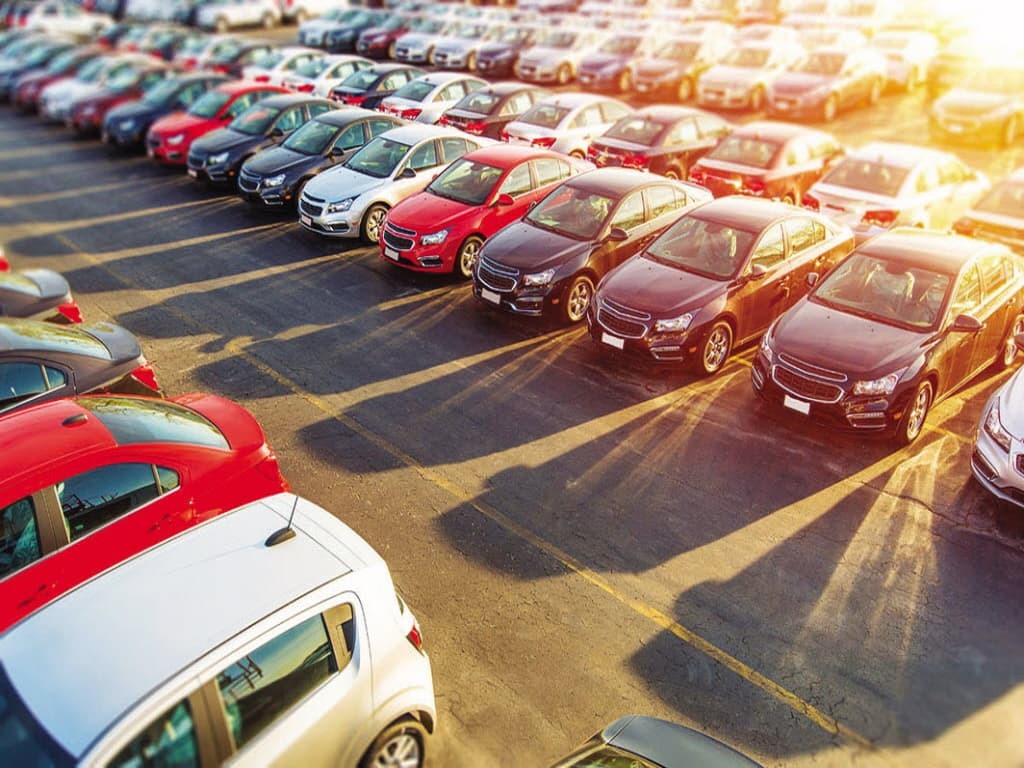Automobile sector is one of the fastest recovering industries in the country from Covid-19. But the real test is whether it also recovers from the economic slump the country had slipped into long before the pandemic hit. In Mar-21, the industry (passenger cars, LCVs, and SUVs) saw volumes grow 197 percent year on year, though that would be an unfair comparison given the country was just heading into a lockdown during the corresponding period last year. In 9MFY21, volumes are up 37 percent. However, market grew by much higher — a growth of 45 percent year on year to be exact — if Kia’s expected volumetric sales are included.
Having said that, compared to volumes in FY19, car sales are still trying to catch up. In Mar-21, volumes are down 9 percent compared to the same month in 2019 while cumulative 9M numbers show that the industry shrank 36 percent compared to 9MFY19. There are multiple reasons for the recovery over last year, but only one for reduced performance compared to the years before.
Car prices are substantially higher across the board compared to FY18. Incomes have not grown by that much. There is now evidence that the pandemic caused job losses and income reductions for everyone except a small share of the population from the richest segments (read more: “Asked and (un)answered”, April 6, 2021). The car buying population is not big enough — only about 9 percent own a car (the same is above 50 percent for motorcycles)—and those who own a car fall in the higher-income quintiles. Hence, the income factor alone has not hurt car ownership and it would be fair to assume that the pandemic merely delayed car purchasing decisions.
The Kibor is trailing 7.6 percent during the ongoing year with auto financing rates falling between 11 percent to 13 percent; this was much higher during FY19. The kibor was around 11 percent and the borrowing cost to the consumer would have landed at above 15 percent in most cases. But auto loans at the time were also much lower. This naturally means that consumers were buying cars on cash rather than financing. Prices however that year were much lower (on average, prices this year are 20-25 percent higher than FY19).
The lower borrowing rates have allowed consumers to buy cars through the bank and spread out the burden on their pockets. That is how they have been able to absorb the higher price point. This is mostly true for mid-engine cars and corporate buying. The higher income buyers who are booking SUVs, crossovers, and high-end sedans, are mostly immune to price changes evidenced by their penchant to give upwards of Rs200,000 in “own” or premium in the market to get their vehicle delivered immediately against cash payment.
The industry is headed towards growth but the triple-digit growth number for March is nothing but the low-base effect taking place. The big picture here is that the recovery from FY19 is slower but there is hope. There are more choices in the market than ever before and the number of new players is steadily growing. There is an urgency almost for any new deals to be penned before 2021 ends as the auto development policy wraps up this year for investors to avail duty concessions over the next five years.
There are also a number of affordable options — Changan Alsvin, Proton Saga, and Glory Pro — which might steal away some of the shine from traditional players as market acceptance for these vehicles grows. If that results in causing fissures in their market shares, it might just push existing OEMs out of their comfort zone.

























Comments
Comments are closed.